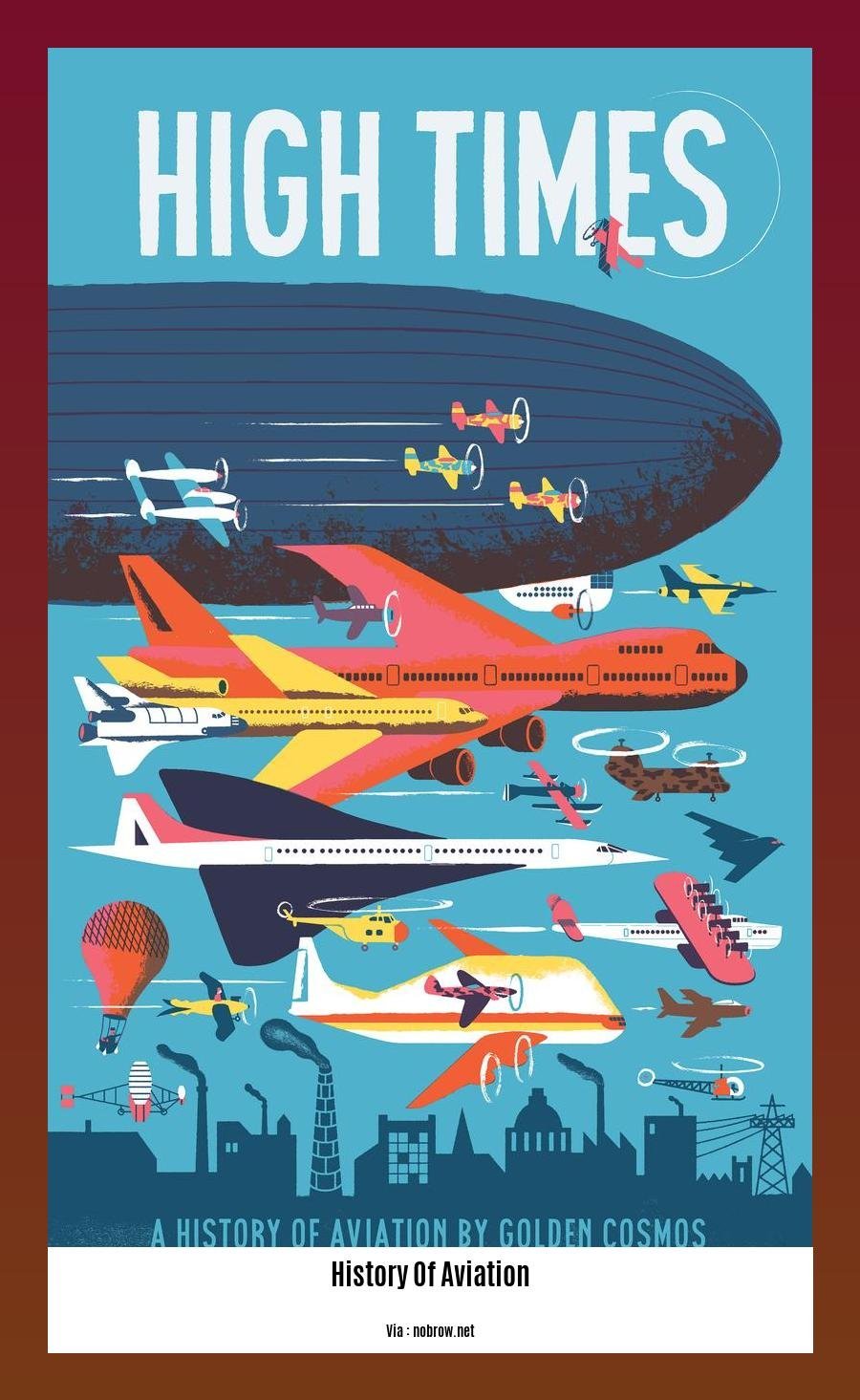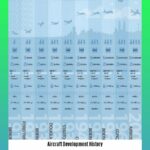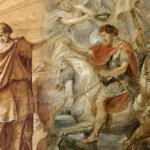Dive into the captivating world of A Journey Through Time: Exploring the Rich History of Aviation. Embark on an adventure through the ages, where the dreams of visionaries like Sir George Cayley, Otto Lilienthal, Alberto Santos-Dumont, and Glenn Hammond Curtiss took flight, forever transforming our understanding of the skies.
Key Takeaways:
- Kites were invented in China in the 5th century.
- Leonardo da Vinci envisioned aircraft designs in the 15th century.
- Burattini’s model aircraft with glider wings emerged in 1647.
- 1903 witnessed the Wright brothers’ groundbreaking airplane flight.
- Lindbergh embarked on a solo transatlantic flight in 1927.
- World Wars catalyzed significant aviation technological advancements.
- Post-war years saw a surge in commercial aviation and space exploration.
- Modern aviation focuses on sustainability, safety, and technological innovation.
History of Aviation
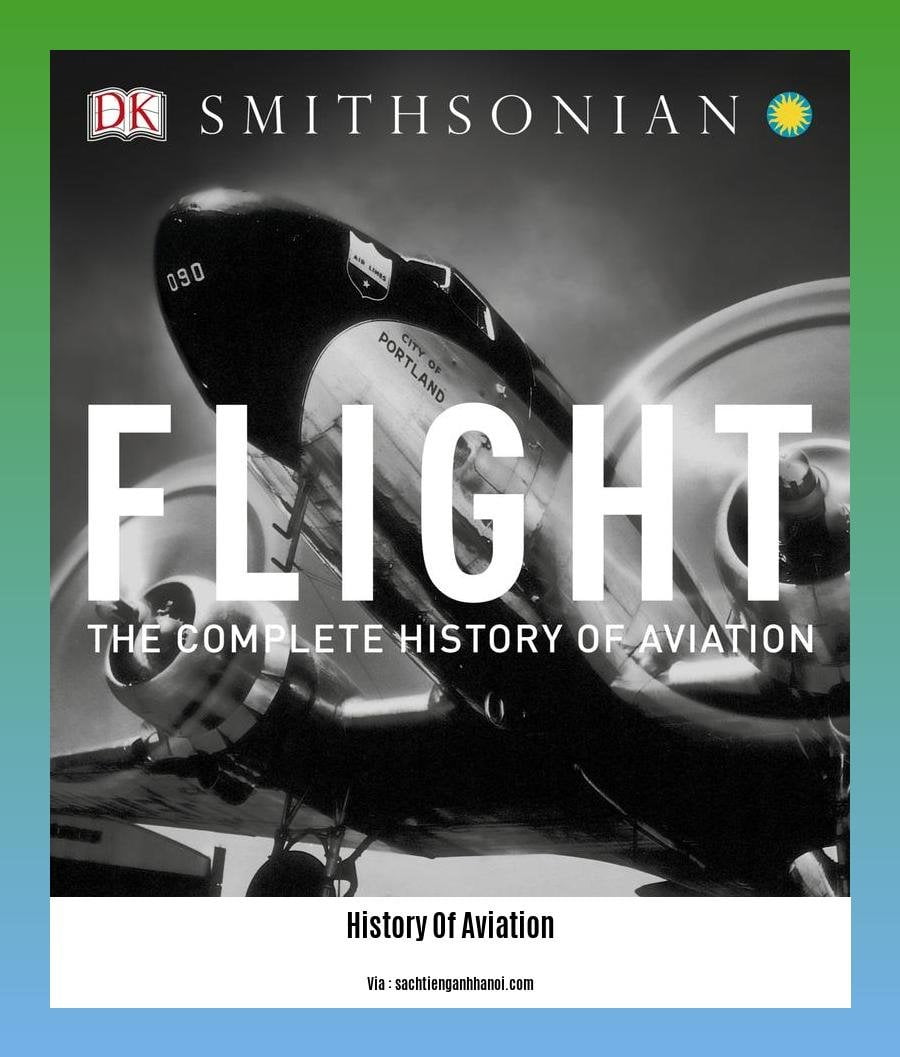
From soaring kites in ancient China to supersonic jets slicing through the skies, the history of aviation is a captivating saga of innovation, daring, and dreams fulfilled.
Early Experiments
The first flickering flames of aviation ignited in the 5th century with kites, a Chinese marvel that harnessed the power of the wind. Centuries later, Leonardo da Vinci’s visionary sketches laid the groundwork for rational aircraft designs. In 1647, Tito Livio Burattini’s model aircraft with glider wings took flight, inching humanity closer to powered flight.
The Wright Brothers’ Triumph
The year 1903 marked a pivotal moment in the history of aviation. The Wright brothers, Orville and Wilbur, achieved the first successful powered airplane flight at Kitty Hawk, North Carolina. Their humble Flyer made history, paving the way for a new era of aerial exploration.
Golden Age of Aviation
The decades that followed witnessed rapid advancements. Charles Lindbergh’s solo transatlantic flight in 1927 captured the world’s imagination. The world wars pushed aviation technology to its limits, resulting in the development of fighter planes, bombers, and the jet engine.
Post-War Boom
After the turmoil of war, commercial aviation soared. Jet airliners revolutionized long-distance travel, and the space race propelled humanity beyond Earth’s atmosphere. Aviation became an integral part of our globalized world, connecting people, cultures, and economies.
Modern Marvels
Today, the history of aviation continues to unfold with advancements in sustainability, safety, and technology. Electric and hydrogen-powered aircraft promise a greener future for air travel. Autonomous drones are transforming industries, while hypersonic jets push the boundaries of speed and efficiency.
The history of aviation is a testament to human ingenuity, resilience, and the unyielding pursuit of the skies. From the dreams of early pioneers to the marvels of modern aviation, this captivating tale inspires us to continue soaring towards the unknown.
If you’re passionate about airplanes, then this is your chance to learn about the amazing history of flight and its milestones, or get your dose of aviation facts by checking out the aviation timeline, or read about the significant events in the aircraft development history.
3. Alberto Santos-Dumont
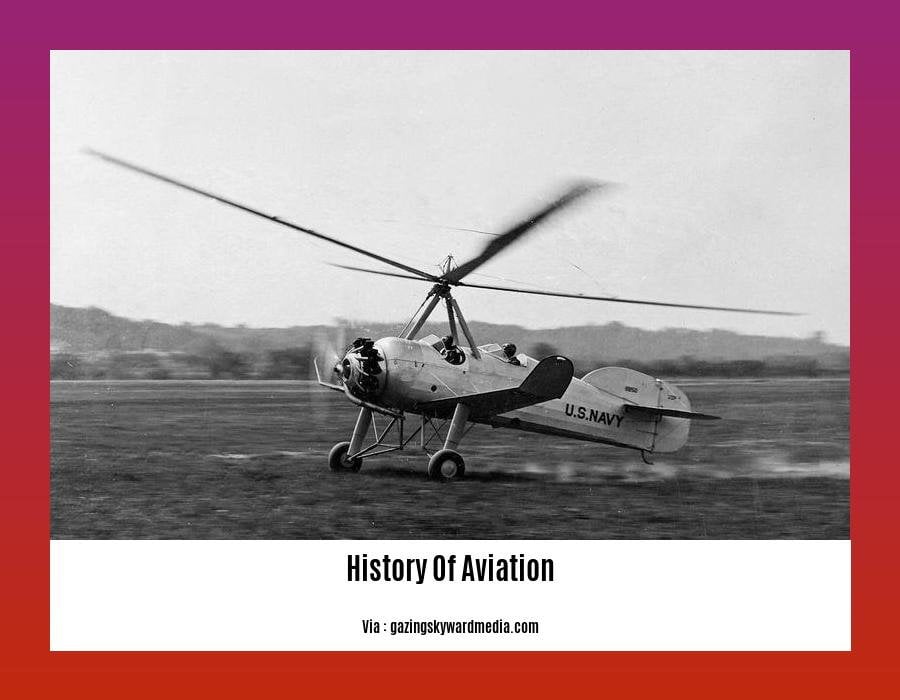
Alberto Santos-Dumont was a pioneer of aviation whose contributions have left a lasting mark on the history of flight.
Early Life:
Born in Brazil in 1873, Santos-Dumont developed a passion for adventure and innovation at a young age. He moved to Paris, where he pursued his interest in ballooning.
Lighter-than-Air Achievements:
Santos-Dumont made significant advancements in lighter-than-air aviation. He designed and built a series of successful airships, including the “Santos-Dumont No. 6” which won the prestigious Deutsch Prize in 1901.
Heavier-than-Air Flights:
In 1906, Santos-Dumont shifted his focus to heavier-than-air machines. He built a series of experimental aircraft, culminating in the “14-bis” which made the first officially certified powered flights in Europe.
Legacy:
Santos-Dumont’s pioneering work in both lighter-than-air and heavier-than-air aviation earned him recognition as a key figure in the early development of flight. His innovative designs and bold experiments laid the foundation for subsequent aviation advancements.
Key Takeaways:
- Santos-Dumont was a pioneer in both lighter-than-air and heavier-than-air aviation.
- He developed and built the first powered airships.
- He made the first officially certified heavier-than-air flights in Europe in 1906.
- His innovative designs and bold experiments laid the foundation for subsequent aviation advancements.
Citation:
- Wikipedia:
4. Glenn Hammond Curtiss
Glenn Hammond Curtiss, a pivotal figure in the annals of aviation history, left an indelible mark on the field with his groundbreaking contributions. Initially known for his prowess in bicycle racing and motorcycling, Curtiss’s passion for flight ignited a new chapter in his life.
Curtiss’s Aviation Legacy
- Motorized Flight and the AEA: In 1904, Curtiss ventured into the world of airships, manufacturing engines for these lighter-than-air crafts. He later joined forces with Alexander Graham Bell in 1908 to co-found the Aerial Experiment Association (AEA). This collaborative effort led to significant advancements in aircraft design, culminating in the development of the AEA June Bug, one of the earliest successful seaplanes.
- Transatlantic Flight: Curtiss’s unwavering dedication to aviation extended to the realm of long-distance flights. He played a crucial role in the development of the NC4, a seaplane that made history as the first aircraft to cross the Atlantic Ocean non-stop in 1919. This audacious feat demonstrated the potential of aviation and paved the way for future transoceanic journeys.
- Aircraft Manufacturing Giant: Curtiss’s entrepreneurial spirit bore fruit with the establishment of the Curtiss Aeroplane and Motor Company. This enterprise quickly rose to prominence as a leading manufacturer of aircraft in the United States. Curtiss’s innovative designs and production capabilities propelled the company to the forefront of the aviation industry, supplying aircraft for military and commercial use alike.
Key Takeaways:
- Curtiss was a pioneering spirit who pushed the boundaries of flight through his innovative contributions.
- His work in seaplanes and long-distance flights laid the groundwork for modern-day aviation.
- The Curtiss Aeroplane and Motor Company became a cornerstone of the American aviation industry.
Source:
Glenn Curtiss – Wikipedia
FAQ
Q1: Who is considered the father of aviation?
A1: Sir George Cayley is widely recognized as the father of aviation for his pioneering work in the early 19th century, including his studies on aerodynamics and the development of the first successful glider.
Q2: What significant contribution did Otto Lilienthal make to aviation history?
A2: Otto Lilienthal was a German engineer and aviation pioneer who conducted extensive experiments with gliders in the late 19th century. His work laid the foundation for the development of powered airplanes by demonstrating the principles of lift and control.
Q3: How did Alberto Santos-Dumont advance both lighter-than-air and heavier-than-air aviation?
A3: Alberto Santos-Dumont was a Brazilian aviation pioneer who made significant contributions to both lighter-than-air and heavier-than-air aviation. He developed and flew the first powered airships and also achieved the first officially certified heavier-than-air flights in Europe.
Q4: What was Glenn Hammond Curtiss’s role in the development of seaplanes?
A4: Glenn Hammond Curtiss was an American aviation pioneer who played a key role in the development of seaplanes and flying boats. He founded the Curtiss Aeroplane and Motor Company, which became a leading manufacturer of aircraft in the United States, and his NC4 flying boat made the first transatlantic flight in 1919.
Q5: How did the World Wars contribute to the advancement of aviation technology?
A5: The World Wars spurred rapid advancements in aviation technology, particularly in the development of fighters, bombers, and jets. The need for military superiority led to significant investments in research and development, fostering innovations that had a lasting impact on the field of aviation.
- Unlock Water’s Symbolism: A Cross-Cultural Exploration - April 20, 2025
- Identify Black and White Snakes: Venomous or Harmless? - April 20, 2025
- Unlocking Potential: Origins High School’s NYC Story - April 20, 2025
